Affiliate links on Android Authority may earn us a commission. Learn more.
LG V20 vs LG V10 comparison: evolving the beast
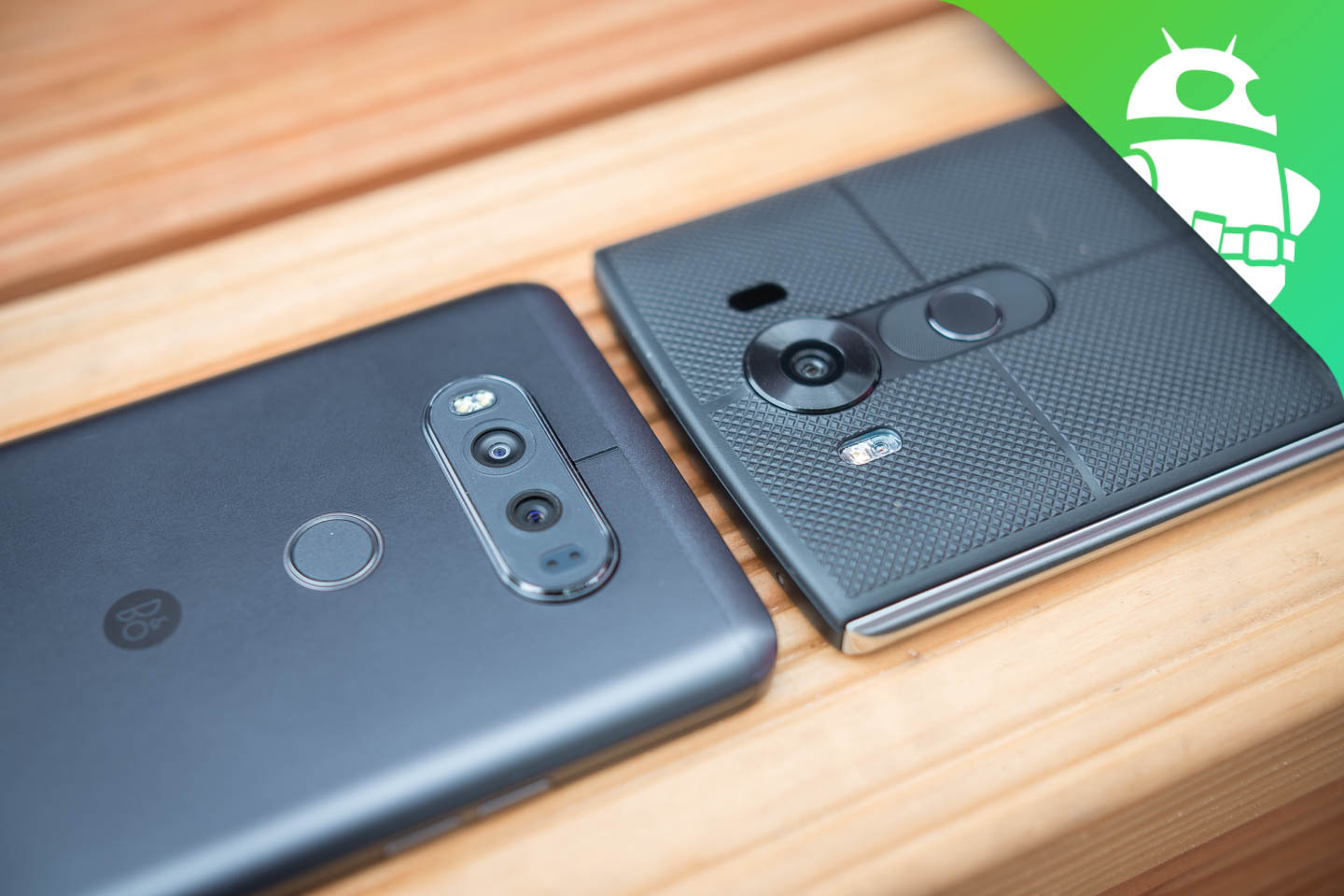
The LG V10 was one of the most under-rated smartphones of last year. Prized by those that took a punt on it but largely ignored by everybody else. It was big, beastly and heavy, but that turned out to be perfectly OK with those that loved its unique second screen, next-level audio and military spec impact resistance. So how do you improve on such a winning recipe? Find out in our LG V20 vs V10 comparison.
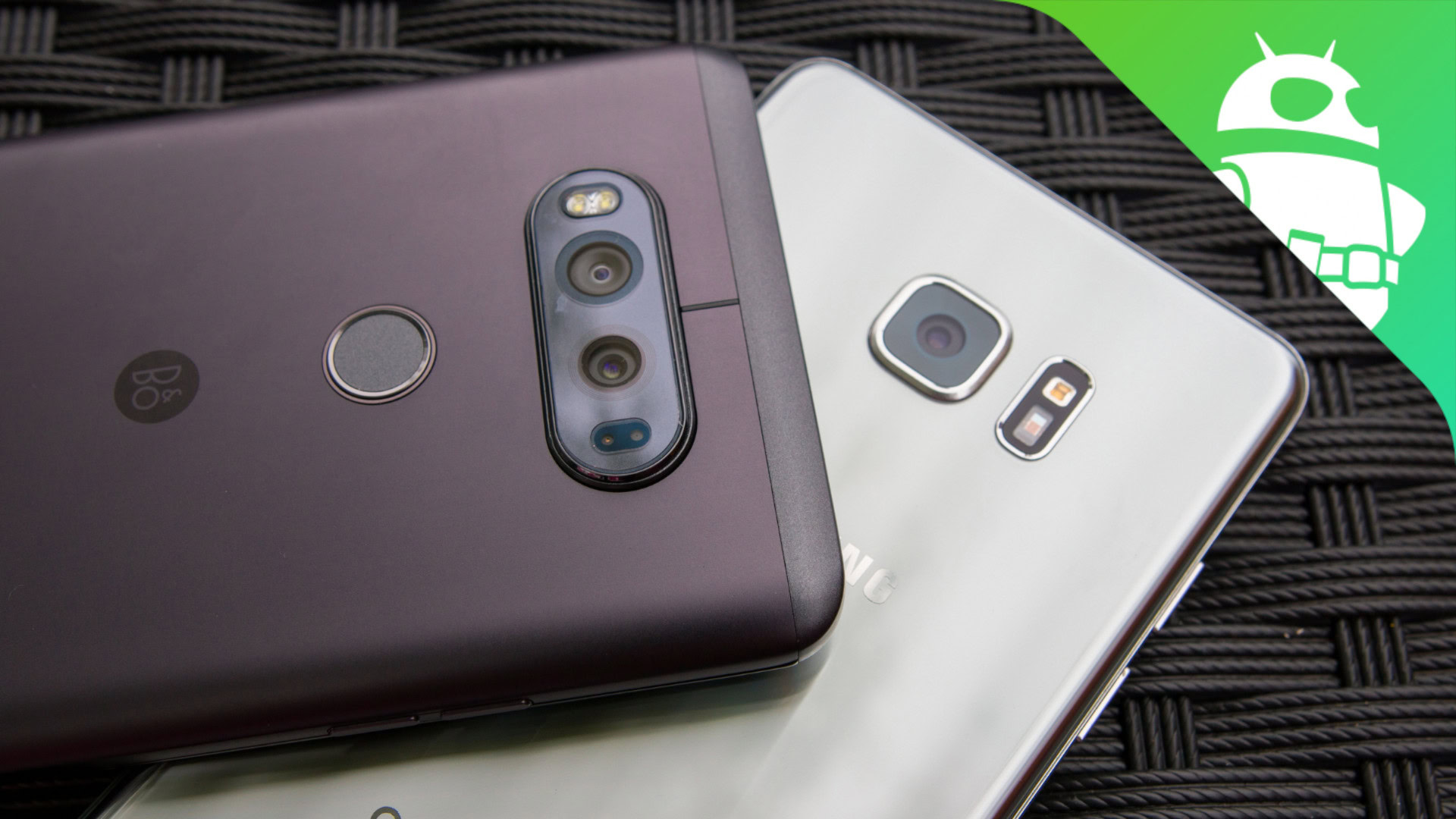
First, what’s the same? They both share a screen size and resolution: 5.7 inches at 2,560 x 1,440 pixels (the V20 has a slight edge over the V10 in screen-to-body ratio though, at 72.5%). They both have MIL-STD-810G transit drop compliance and superior audio performance courtesy of on-board DACs.
Both V series phones feature 16 MP cameras on the back and 5 MP cameras up front (more on this in a moment). They both have removable batteries, microSD expansion and fingerprint scanners. But that’s about where the similarities end. When it comes to the cameras, DACs, design, specs and overall feel of the series, there are way more changes than similarities.
DAC all the things
Four DACs are better than one, right? The excellent ESS DAC in the LG V10 has now been superseded by four DACs in the V20 (also made by ESS). The addition of multiple DACs promises to reduce noise and harmonic distortion by over 50% compared to competitor’s phones – that means significantly clearer sound. With the V20 Quad DAC, dynamic range goes through the roof and the signal-to-noise ratio is 1.4 times that of certain other well-known flagships.
Until we’ve had a chance to comprehensively test the audio performance of the LG V20 we’ll have to take LG at its word. But rest assured we’re already putting the V20 through every audio test we have at our disposal (including against the V10) to see just how much better the V20 really is. The V20 also supports HD audio recording (24 bit, 192 kHz) that’s 6.5 times more accurate than 16 bit, 44.1 kHz audio.
One point worth noting though: you won’t enjoy the benefits of the V20’s Quad DAC unless you have headphones or a speaker plugged in. For the reasons why, read Rob Triggs’ excellent V20 DAC explained piece.
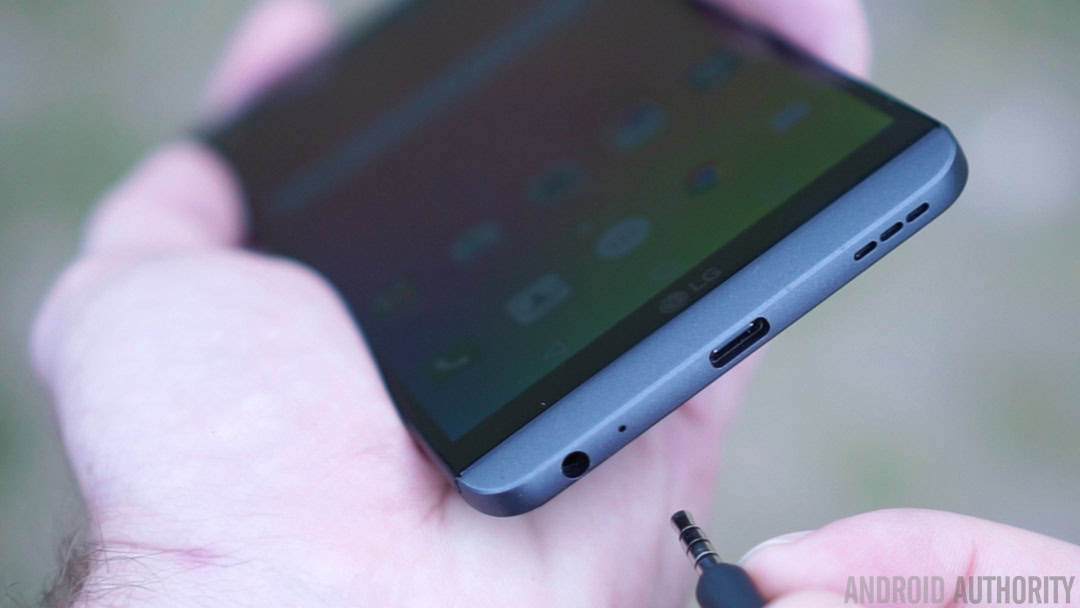
Portability
The LG V20 is also smaller and lighter than the V10 despite sharing a screen size with its predecessor. Samsung managed something similar with the move from the S7 Edge to the Note 7 – squeezing a larger screen into a very similar sized chassis. LG did the opposite: maintaining a screen size while shrinking the body around it. The result makes the V20 a much more manageable device than the admittedly bulky V10.
Second screen
The second screen is also a lot better, with larger, more legible text and notification icons and support for 24 character signatures, compared to the 14 available on the V10. This number changes depending on the font you choose, but the capital A in the default handwriting font is the one LG used to get 24. Longer signatures roll across the screen via a marquee or ticker effect.
The second screen on the V20 is also brighter, tackling with one of the main criticisms with the first generation V10. The secondary display’s brightness has been near doubled, from 35 nits in the V10 to 68 nits in the V20. Even though the V20 is just as capable of a full-screen always on display like the G5, I much prefer the secondary screen for its discreteness.
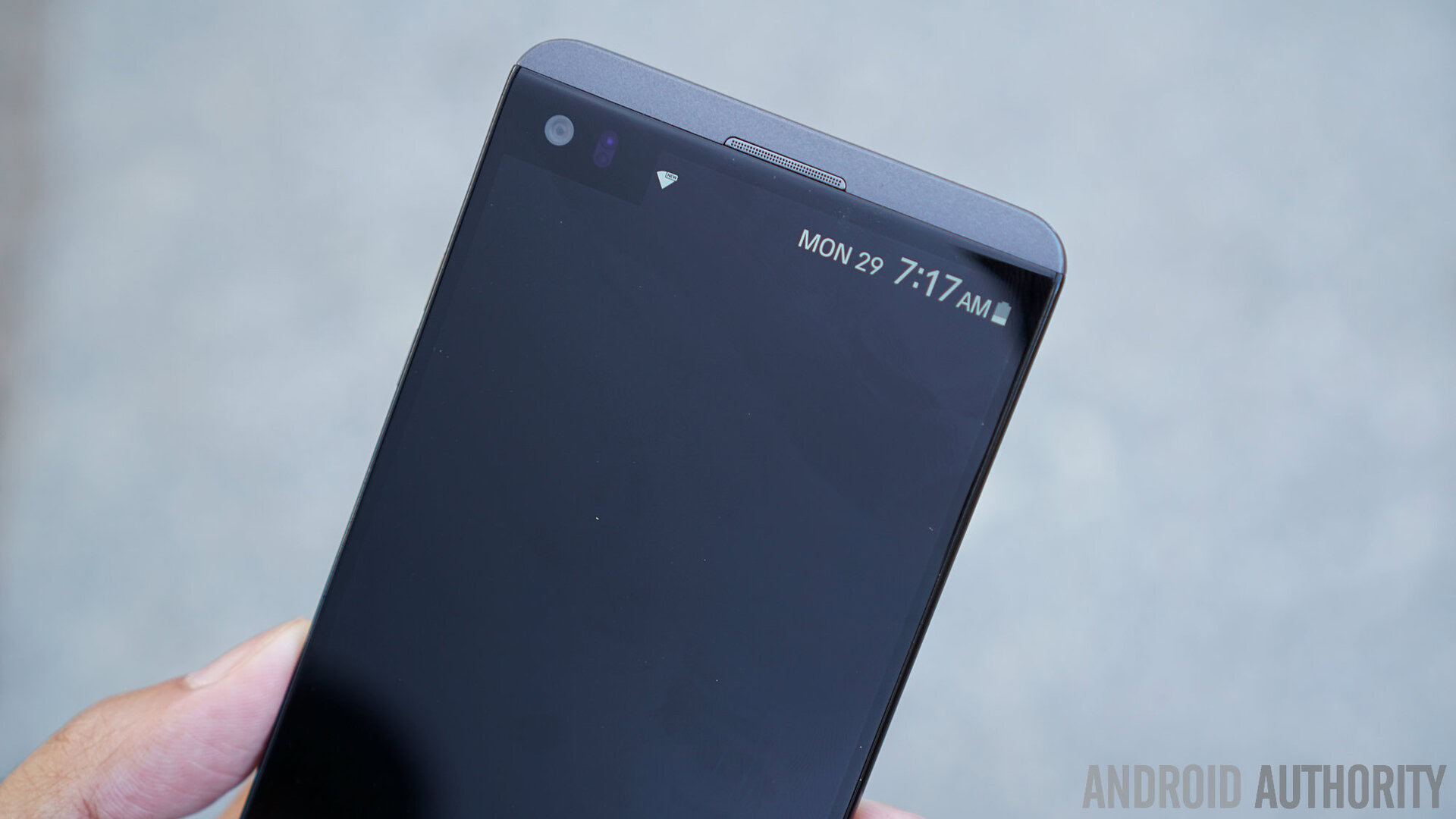
Cameras
This one might be up for debate but the V20 has taken the dual cameras found on the front of the V10 and shifted them around to the back. Nevertheless, the single 5 MP camera on the front of the V20 still supports both a normal mode (covering 83 degrees) and a wide mode (encompassing 120 degrees) for wide-angle shots. The aperture has also been bumped up, from f/2.2 on the V10 to f/1.9 on the V20, ensuring better low-light photography.
On the back of the V20 you’ll now find two lenses, one 8 MP f/2.4 wide-angle camera covering 135 degrees and a 16 MP f/1.8 shooter that covers 75 degrees. When it comes to video recording, the V20 also leaps ahead, adding SteadyRecord 2.0, a new stabilization technology from Qualcomm. SteadyRecord 2.0 features a gyro-based EIS (electronic image stabilization) and image stream analysis-based DIS (digital image stabilization).
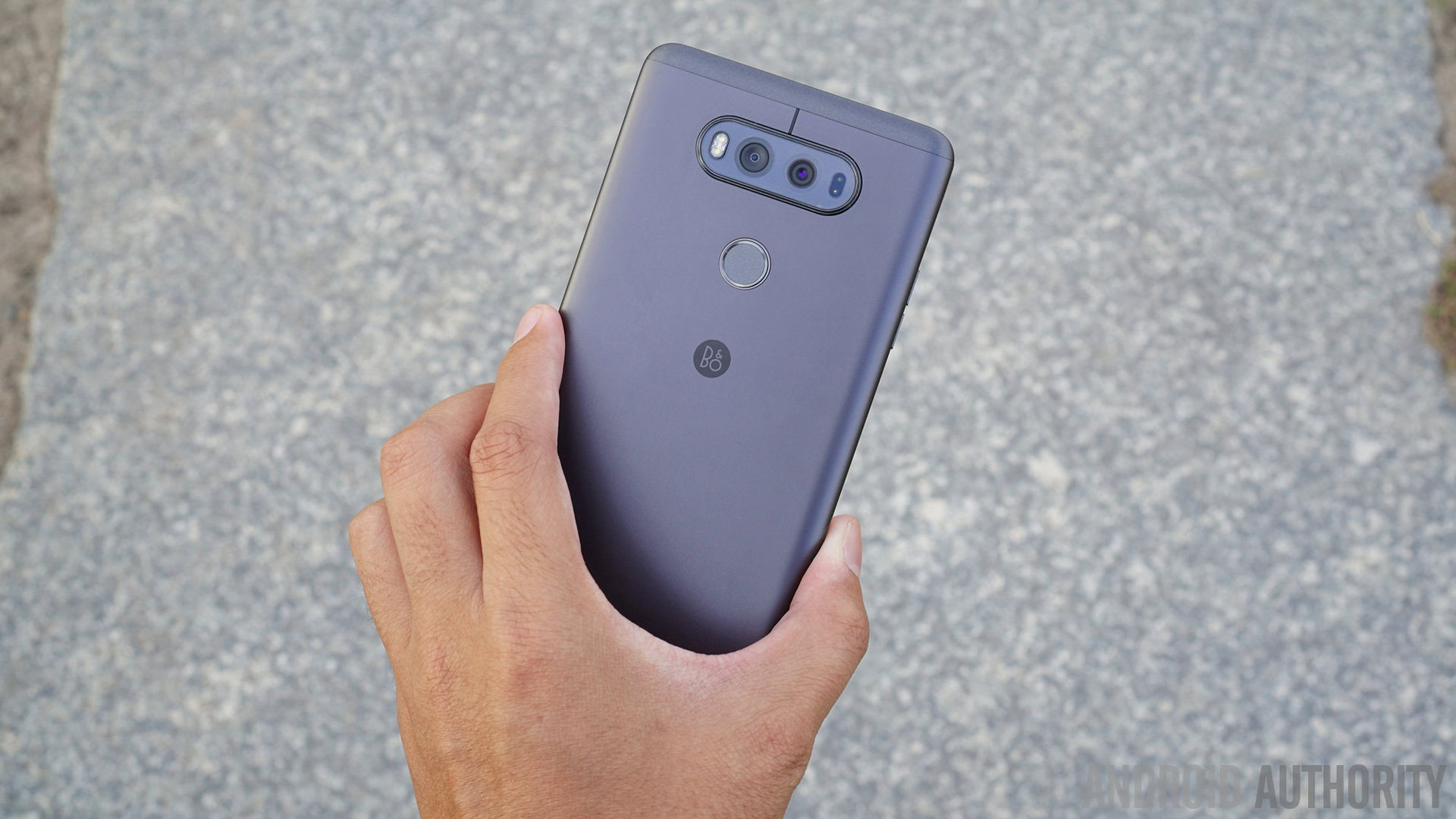
The hybrid auto-focus combination of laser, PDAF and Contrast AF also promises speedier and more accurate auto-focus. Tracking focus for moving objects and focus peaking (that DSLR feature you get that shows a fuzzy outline in the viewfinder to show what is in focus) also step things up considerably. Finally, the V20 records video in lossless audio (FLAC) and increases the decibel range to 132 dB, up from 120 dB in the V10.
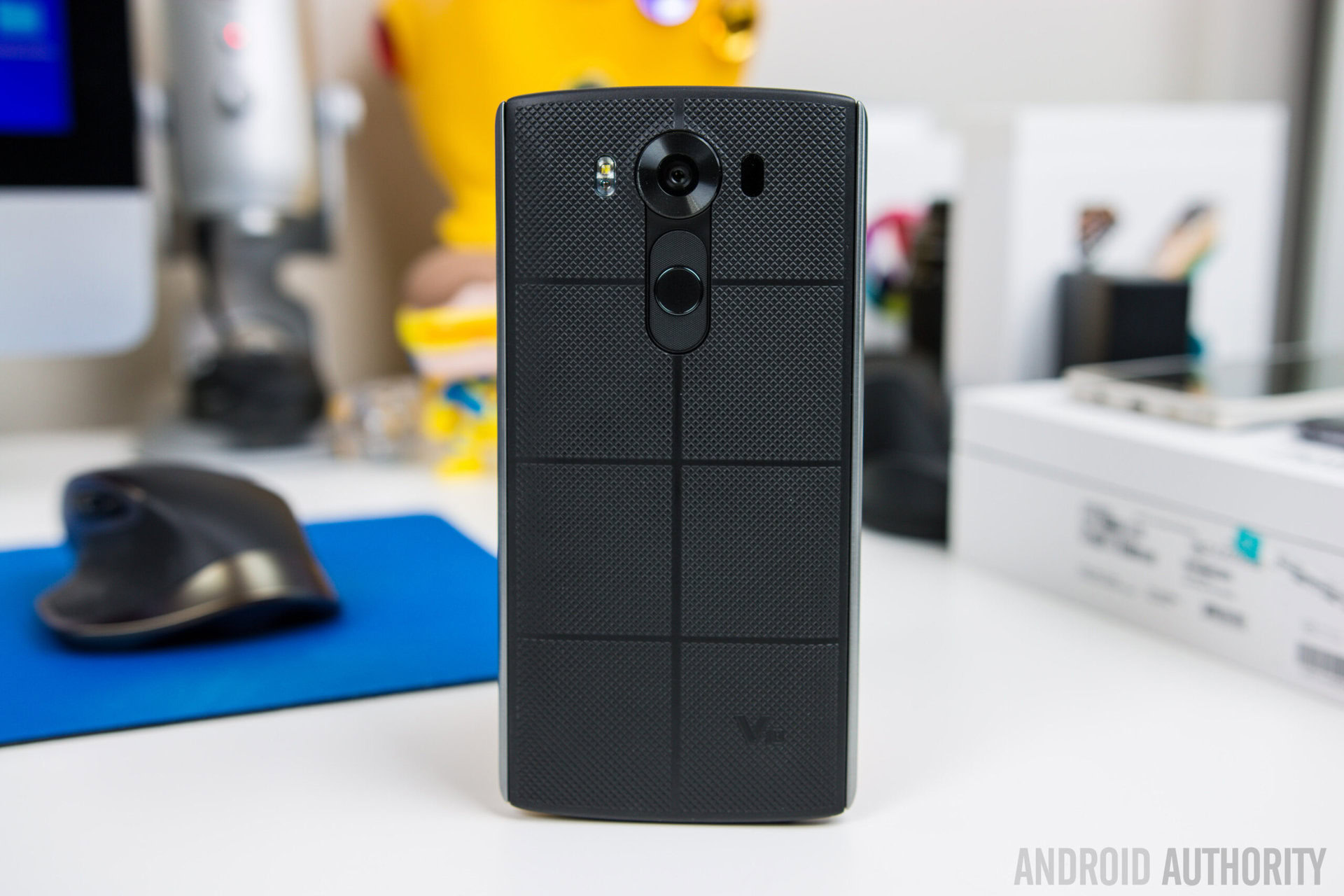
Battery
The battery capacity increase in the V20 isn’t significant, but according to LG, it will get you an additional 20% longer battery life. The V10 had a 3,000 mAh cell and a bad reputation for a weak battery. LG obviously didn’t feel the need to bump that up a lot, settling instead for a 3,200 mAh cell.
LG confirmed to us that the only battery optimization going on with the V20 is courtesy of Doze and the Battery Saver baked into Android 7.0 Nougat. The V20 supports Quick Charge 3.0 whereas the V10 only supports Quick Charge 2.0.
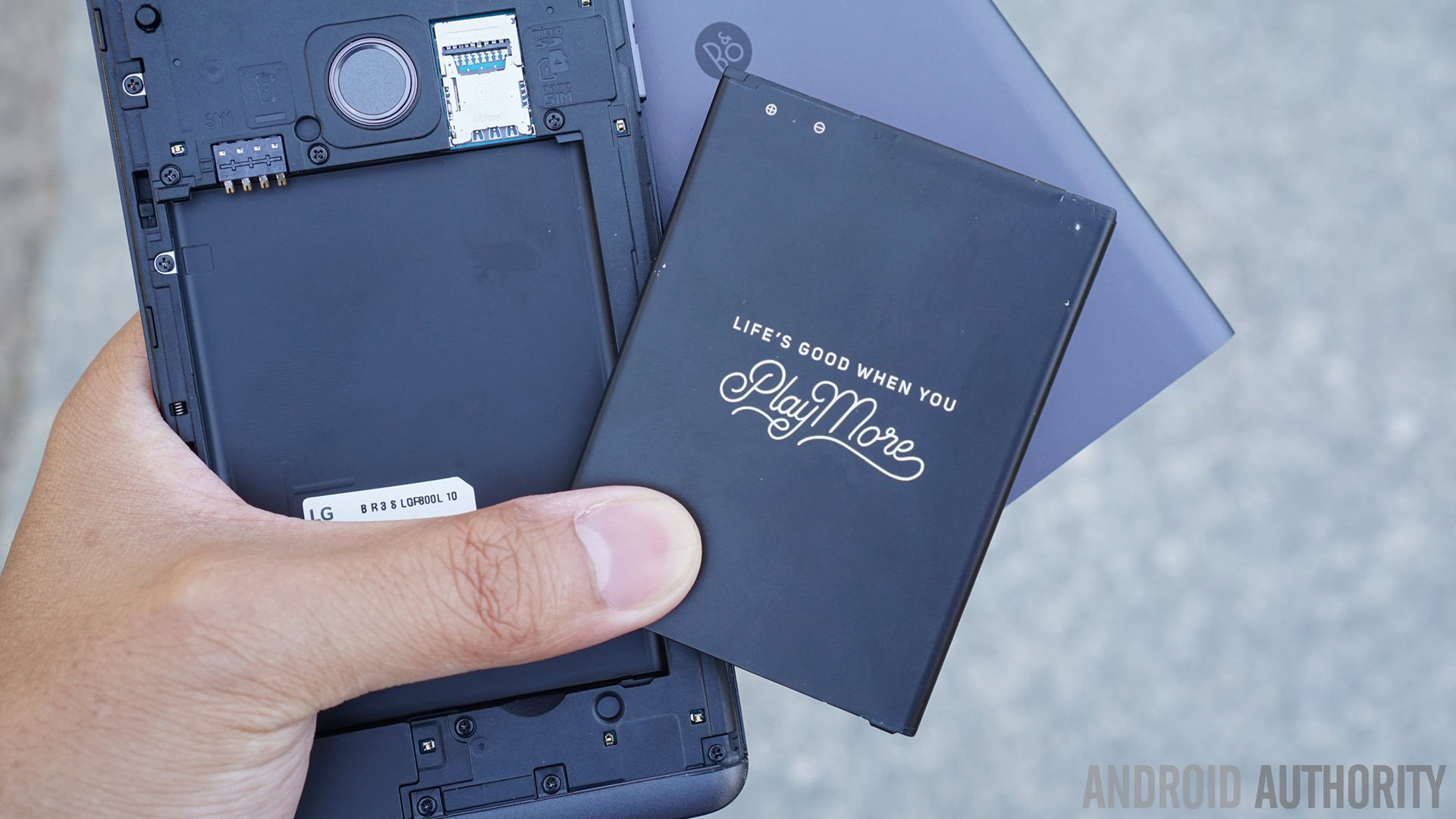
Software
The software experience on the V20 is unparalleled (only partially because no other phone has it out of the box). Android 7.0 Nougat on the V20 delivers a very clean interface, quick app switching and split-screen mode, not to mention notifications straight from stock Android and very nice and customizable Quick Settings area.
Nougat on the V20 is one of my favorite OS/skin combos of recent memory and puts up a solid challenge to Samsung’s recent ascendancy with the new Note 7 interface. The signature wallpaper is a nice touch, the theme engine is appreciated (although native icon pack support would be nice) and there’s some nice software additions like Capture+. I just wish the V20 had the System UI Tuner and a dark mode.
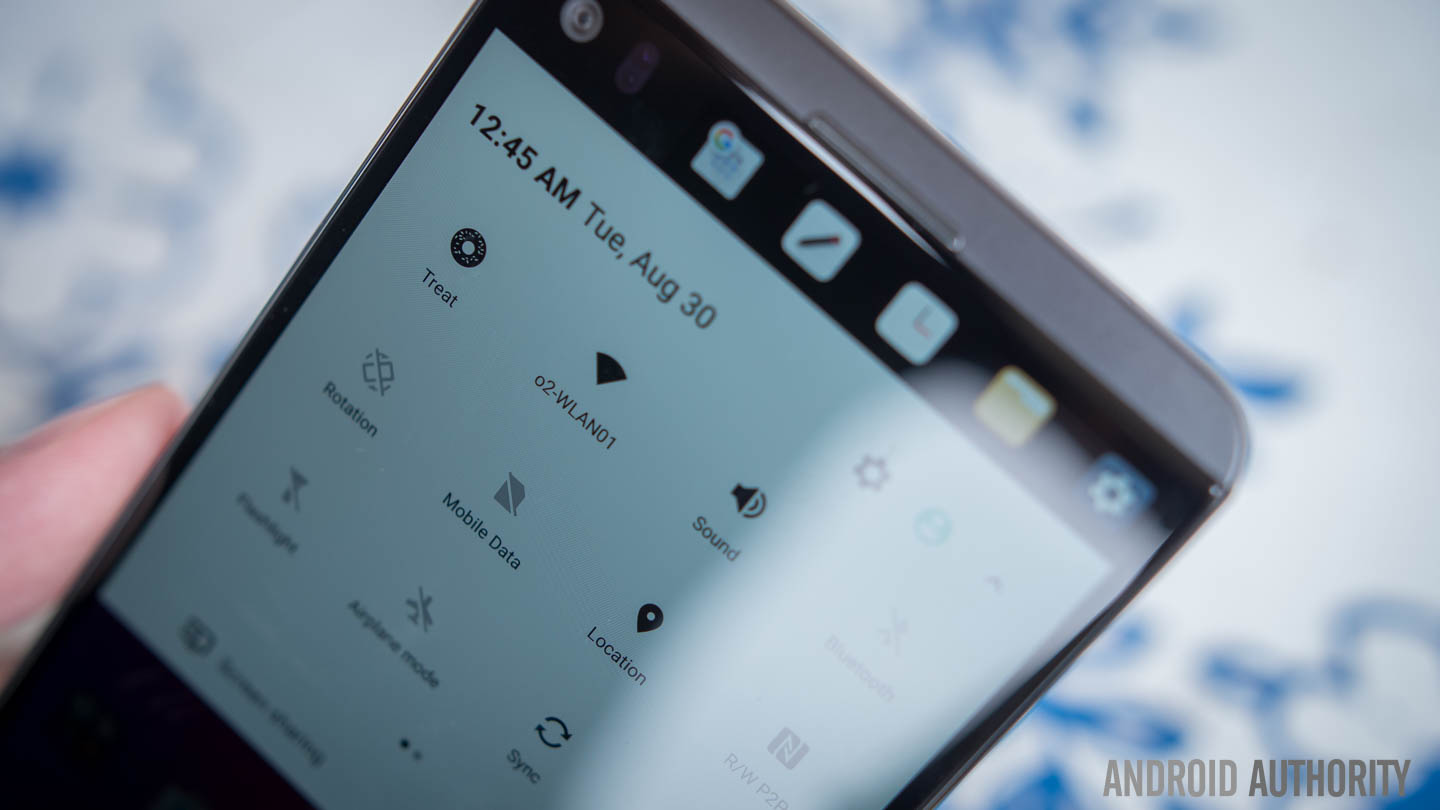
Performance
No surprises here: the V20 naturally has a better specs sheet than the V10. From the hexa-core Snapdragon 808 in the V10, the V20 assumes a place amongst the flagships rocking the Snapdragon 820 this year. The same storage and RAM configurations remain, but the V20 gets Adreno 530 graphics as opposed to the Adreno 418 GPU in the V10.
Design
This one is open to debate as well, but if you weren’t a fan of the chunky rubberized look of the V10 then the sleek metallic contours of the V20 should please you. You’ve still got access to a removable battery and microSD card but this time it’s via a solid metal battery cover. The V20 is smaller and lighter than the V10 but still offers the same sized screen in a smaller form factor. And our V20 drop test demonstrated the new design is just as tough as the old.
While the design might make the outside of the V20 look like it borrows a little too heavily from the G5, the inside is V series DNA all the way. If anything, the new camera orientation makes more sense than the V10’s and the beefed up audio spec makes the V20 an even better content creation device. That said, don’t get too hung up on what the V20 looks like, because it is a true successor to what the V10 stands for on the inside.
Which design do you prefer? Do you think LG made the right decisions with the V20?